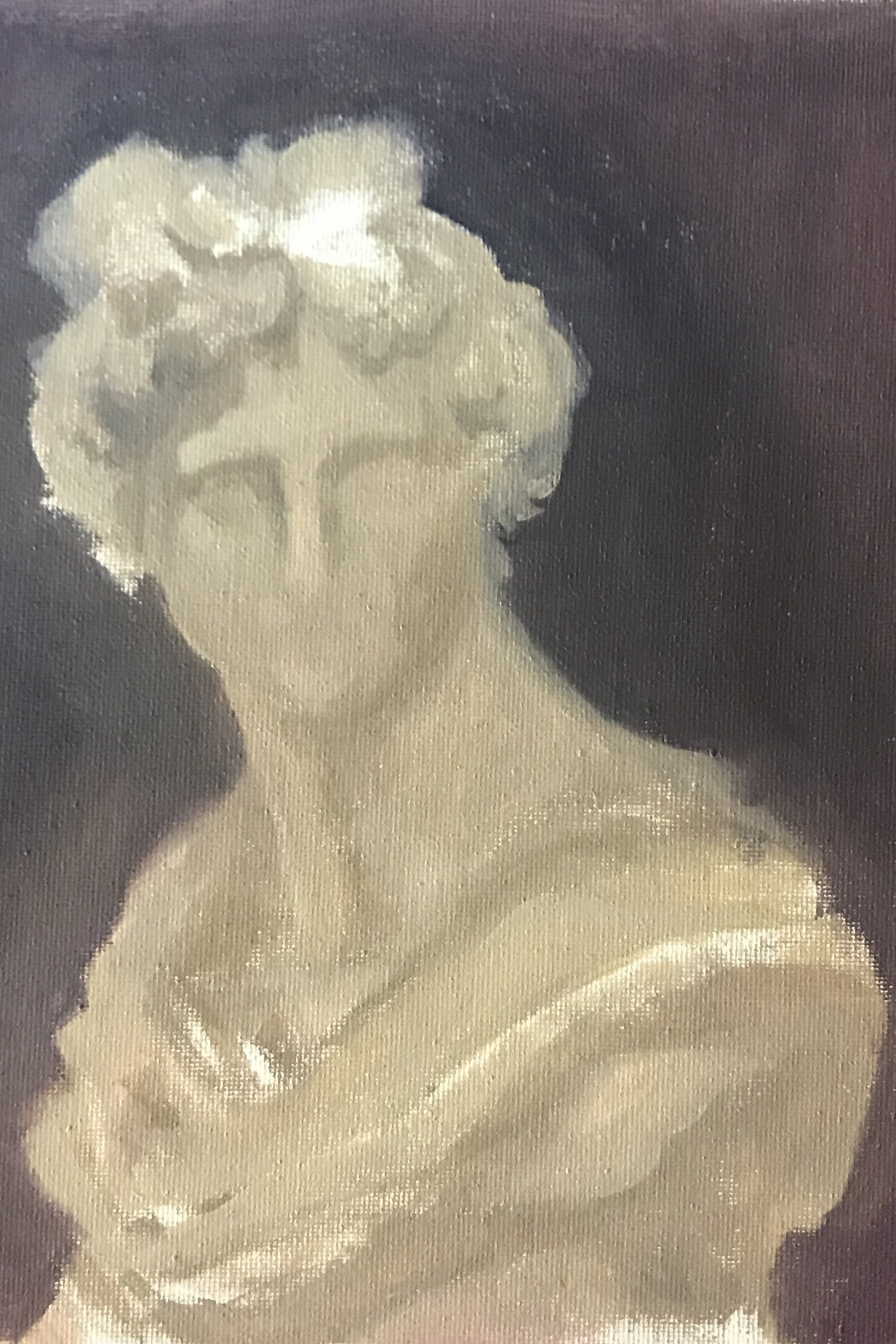Expanding the Scope of the Spiral of Silence Theory to Increase Relevance the Digital Age
Main Article Content
Abstract
The Spiral of Silence theory is historically well-regarded in many academic fields and disciplines, however technological advances have complicated its application and relevance. There is some controversy in academia about the future of the theory; some argue it should be retired or replaced, whereas others seem to think it should be reexamined and retested in online environments. This paper presents the history of the Spiral of Silence theory and provides a brief overview of what other scholars consider to be its major strengths and weaknesses. Additionally, it explores modern research related to the application of the theory in the digital age and aims to explain major societal and technological changes to society that may have had an effect on the outcomes of this research. Following these sections, the argument is presented that the theory is still relevant in the digital age, however it is argued that the theory could be strengthened by adopting a comprehensive cultural studies approach that takes into account all of the nuances of the online and offline environments that effect the way public opinion is developed and disseminated.
Downloads
Article Details

This work is licensed under a Creative Commons Attribution-NonCommercial 4.0 International License.
Authors who publish with this journal agree to the following terms:
- Authors retain copyright and grant the journal right of first publication with the work simultaneously licensed under a Creative Commons Attribution License that allows others to share the work with an acknowledgement of the work's authorship and initial publication in this journal.
- Authors are permitted and encouraged to post their work online (e.g., in institutional repositories or on their website) prior to and during the submission process, as it can lead to productive exchanges, as well as earlier and greater citation of published work (See The Effect of Open Access).
- Student authors waive FERPA rights for only the publication of the author submitted works.
Specifically: Students of Indiana University East voluntarily agree to submit their own works to The Journal of Student Research at Indiana University East, with full understanding of FERPA rights and in recognition that for this one, specific instance they understand that The Journal of Student Research at Indiana University East is Public and Open Access. Additionally, the Journal is viewable via the Internet and searchable via Indiana University, Google, and Google-Scholar search engines.
References
Alberts, J. K., Nakayama, T. K., & Martin, J. N. (2019). Human communication in society. Hoboken, NJ: Pearson.
Baldwin, J. R., González, A., R., M. C., & Shenoy-Packer, S. (2014). Intercultural communication for everyday life. New York, NY: Wiley, J.
Campbell, R., Martin, C. R., & Fabos, B. (2019). Media & culture: Mass communication in a digital age. Boston, MA: Bedford/St. Martin's, Macmillan Learning.
Fox, J., & Holt, L. F. (2018). Fear of isolation and perceived affordances: The spiral of silence on social networking sites regarding police discrimination. Mass Communication & Society, 21(5), 533–554. https://doiorg.proxyeast.uits.iu.edu/10.1080/15205436.2018.1442480
Frey, W. H. (2020, July 16). The nation is diversifying even faster than predicted, according to new census data. Brookings. Retrieved February 18, 2022, from https://www.brookings.edu/research/new-census-data-shows-the-nation-is-diversifyingeven-faster-than-predicted/
Griffin, E. (2009). 29. In A first look at communication theory (7th ed., pp. 372–382). McGraw-Hill Higher Education.
Heltzel, G., & Laurin, K. (2020). Polarization in America: Two possible futures. Current Opinion in Behavioral Sciences 2020, 34, 179–184. https://doiorg.proxyeast.uits.iu.edu/10.1016/j.cobeha.2020.03.008
Horowitz, J. M., Igielnik, R., & Kochhar, R. (2020, August 17). Trends in U.S. income and wealth inequality. Pew Research Center's Social & Demographic Trends Project. Retrieved February 18, 2022, from https://www.pewresearch.org/social-trends/2020/01/09/trends-inincome-and-wealth-inequality/
Khanal, K., Prouty, S., & Stedman, T. (2021). Will COVID-19 worsen the racial wealth gap in the United States? Journal of Economic Issues (Taylor & Francis Ltd), 55(2), 499–508. https://doi-org.proxyeast.uits.iu.edu/10.1080/00213624.2021.1913376
Kim, Y., & Zhou, S. (2020). The effects of political conflict news frame on political polarization: A Social Identity Approach. International Journal of Communication, 937.
Merriam-Webster. (n.d.). Acquiescence definition & meaning. Merriam-Webster. Retrieved February 18, 2022, from https://www.merriamwebster.com/dictionary/acquiescence
Panayırcı, U.C. (2016). Are communication theories affected by new communication technologies? : A Look at Spiral of Silence Theory. Online Academic Journal of Information Technology, 7(22), 51–66. https://doiorg.proxyeast.uits.iu.edu/10.5824/1309-1581.2016.1.004.x
Pew Research Center. (2014). Political polarization in the American public: how increasing ideological uniformity and partisan antipathy affect politics, compromise, and everyday life. Pew Research Center - U.S. Politics & Policy. Retrieved February 18, 2022, from https://www.pewresearch.org/politics/2014/06/12/political-polarization-in-the-americanpublic/
Schmidt, E. (2021, October 8). For the first time, 90 percent completed high school or more. United States Census Bureau. Retrieved February 18, 2022, from
https://www.census.gov/library/stories/2018/07/educational-attainment.html
Taimoor-ul-Hassan, Shabir, G., Safdar, G., & Hussain, J. S. (2019). Social media defy Spiral of Silence Theory and provides baseline for new Spiral of Social Media Theory: Ground perspective. Pakistan Journal of Social Sciences (PJSS), 39(4), 1549–1558.
Tewksbury, D., & Riles, J. M. (2015). Polarization as a Function of Citizen Predispositions and Exposure to News on the Internet. Journal of Broadcasting and Electronic Media, 59(3), 381–398.
Vespa, J., Medina, L., & Armstrong, D. M. (2018, March). Demographic turning points for the United Sates: Population projects for 2020-2016. United States Census Bureau. Retrieved February 18, 2022, from
https://www.census.gov/content/dam/Census/library/publications/2020/demo/p25-1144.pdf
Voorheis, J., McCarty, N., & Shor, B. (2015). Unequal incomes, ideology and gridlock: how rising inequality increases political polarization. Retrieved February 18, 2022, from https://projects.iq.harvard.edu/files/pegroup/files/voorheisetal2015.pdf
Yang, C. (2016). An overview of research related to spiral of silence in the digital age. International Journal of Business Management and Commerce, 1(1), 28-36.
Yu, B., Ndumu, A., Mon, L. M, & Fan, Z. (2018). E-inclusion or digital divide: An integrated model of digital inequality. Journal of Documentation, 74(3), 552–574. https://doiorg.proxyeast.uits.iu.edu/10.1108/JD-10-2017-0148

